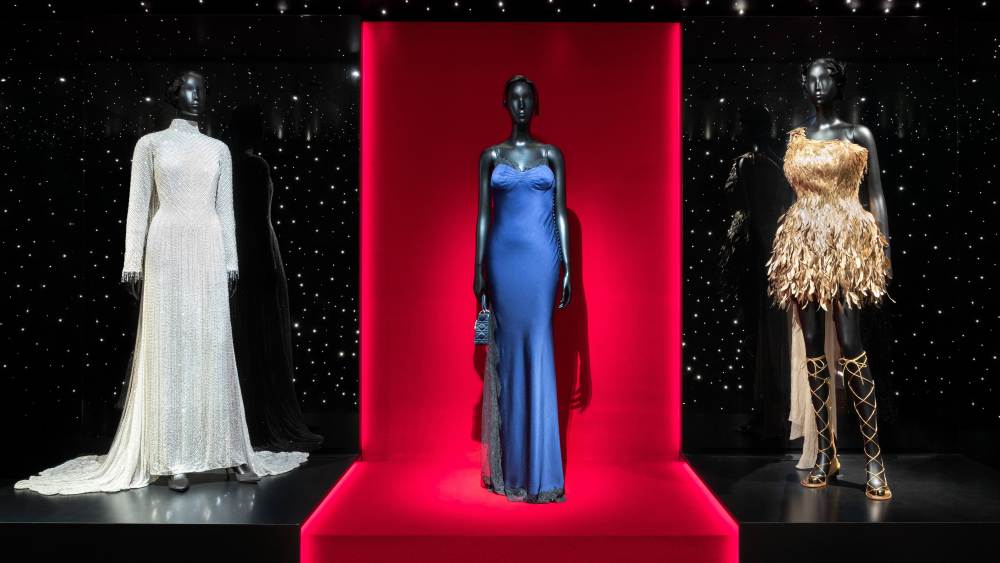When the Federal Trade Commission presented its case to stop Tapestry Inc.’s $8.5 billion buyout of Capri Holdings, it came armed with some accessible economics.
The government, relying on an analysis by economist Dr. Loren Smith, argued a deal bringing together Tapestry’s Coach and Kate Spade with Capri’s Michael Kors would create an accessible luxury giant that could raise prices on consumers by $365 million annually.
On Tuesday, the defendants — Tapestry and Capri — turned to Dr. Fiona Scott Morton, an economics professor at Yale University and the former chief economist in the Justice Department’s antitrust division, to pick apart the FTC’s analysis.
You May Also Like
While the hearing has included testimony from designer Michael Kors, Tapestry’s chief executive officer Joanne Crevoiserat and Capri’s CEO John Idol, it was the “rock star economist” Scott Morton who the antitrust-savvy crowd in court was keen to hear.
Scott Morton slammed the government’s analysis as built on a faulty base and as full of “short cuts.”
Much of the economic analysis in antitrust cases is built on top of what are known as “diversion ratios,” which quantify how much business a brand loses to competitors when it raises its prices.
To build that base, Smith relied on customer surveys commissioned by Tapestry in 2021 and 2022 that gave consumers a list of nearly 50 brands and asked them which they had considered before making their last handbag purchase.
Scott Morton said the approach was inadequate and that using the term “consider” was “too vague” and that the question also should have focused on products and not brands for a merger analysis.
The right question, she said, would be along the lines of: “What product would you have bought if the product you did buy was not available or got more expensive?”
Scott Morton also pointed to “short cuts” that were taken in the government’s analysis including:
- Data from NPD, which tracks the sales of only certain retailers, like Macy’s and Bloomingdales.
- The use of NPD brand classifications.
- The use of “outdated” surveys.
- The reliance on brands instead of products.
- And an “idiosyncratic” interpretation of company documents instead of a “defensible economic analysis.”
“It’s absolutely possible to do the work here,” said Scott Morton, noting she would not have used the analysis as a basis to stop a merger during her time at the Justice Department.
Smith also testified again and defended his analysis as appropriate.
The case turns on both the economic analysis and internal documents from both Tapestry and Capri, which show how executives at the companies closely follow what the other is doing and look to benchmark their businesses against each other.
The hearing, which will likely determine whether or not the deal will go forward, will continue with closing arguments on Sept. 30.
Then the fate of Tapestry + Capri is in the hands of Judge Jennifer Rochon.


